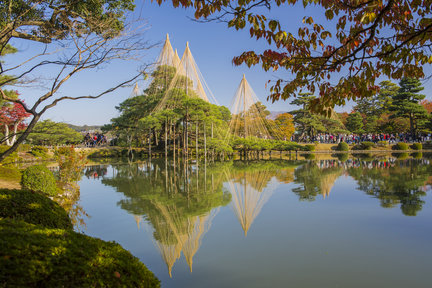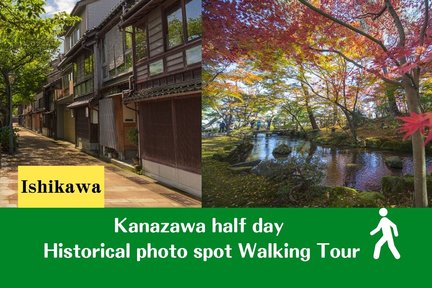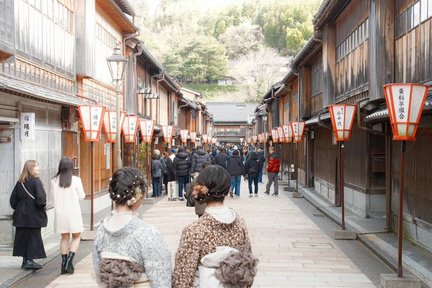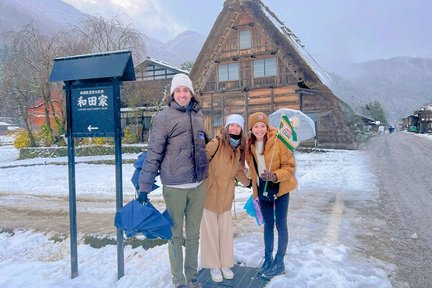Kenroku-en
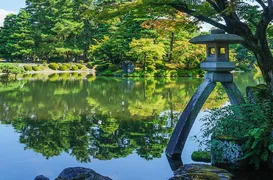
The best of Kenroku-en
Bucket-list experiences
Make it a getaway
More to explore
Why people love Kenroku-en
Nearby places to go
FAQs about Kenroku-en
What is the best time to visit Kenrokuen Garden in Kanazawa?
How can I get to Kenrokuen Garden from Kanazawa Station?
What are the admission fees and opening hours for Kenrokuen Garden?
Is Kenrokuen Garden accessible by public transportation?
What are the seasonal highlights of Kenrokuen Garden?
What to know before visiting Kenroku-en
Remarkable Landmarks and Must-Visit Sights
Kotoji-tōrō Lantern
The iconic two-legged stone lantern, resembling a bridge on a koto, is a symbol of Kenroku-en and Kanazawa.
Kasumi Pond
The picturesque Kasumi Pond offers a serene setting, particularly enchanting in November.
Yūgao-tei Teahouse
Visit the oldest building in the garden, the Yūgao-tei Teahouse, built in 1774 for a traditional tea experience.
Cultural and Historical Significance
Kenroku-en's history dates back to the 1620s, developed by the Maeda clan. The garden's design overcomes the challenge of six contrasting attributes to create an ideal landscape.
Local Cuisine
While exploring Kenroku-en, don't miss the opportunity to try local dishes like Ishikawa's renowned seafood and traditional Kaga cuisine.
Seasonal Beauty
Experience the garden's beauty throughout the seasons, from plum blossoms and cherry blossoms in spring to vibrant flowers in summer, blazing red maple leaves in fall, and snow-covered pine trees in winter, offering a visual feast for nature enthusiasts.
Magnificent Seisonkaku Villa
Visit the impressive Seisonkaku Villa, a traditional Japanese villa showcasing exquisite architecture and serving as a museum displaying historical artifacts, providing a glimpse into the opulent lifestyle of the Maeda family.
